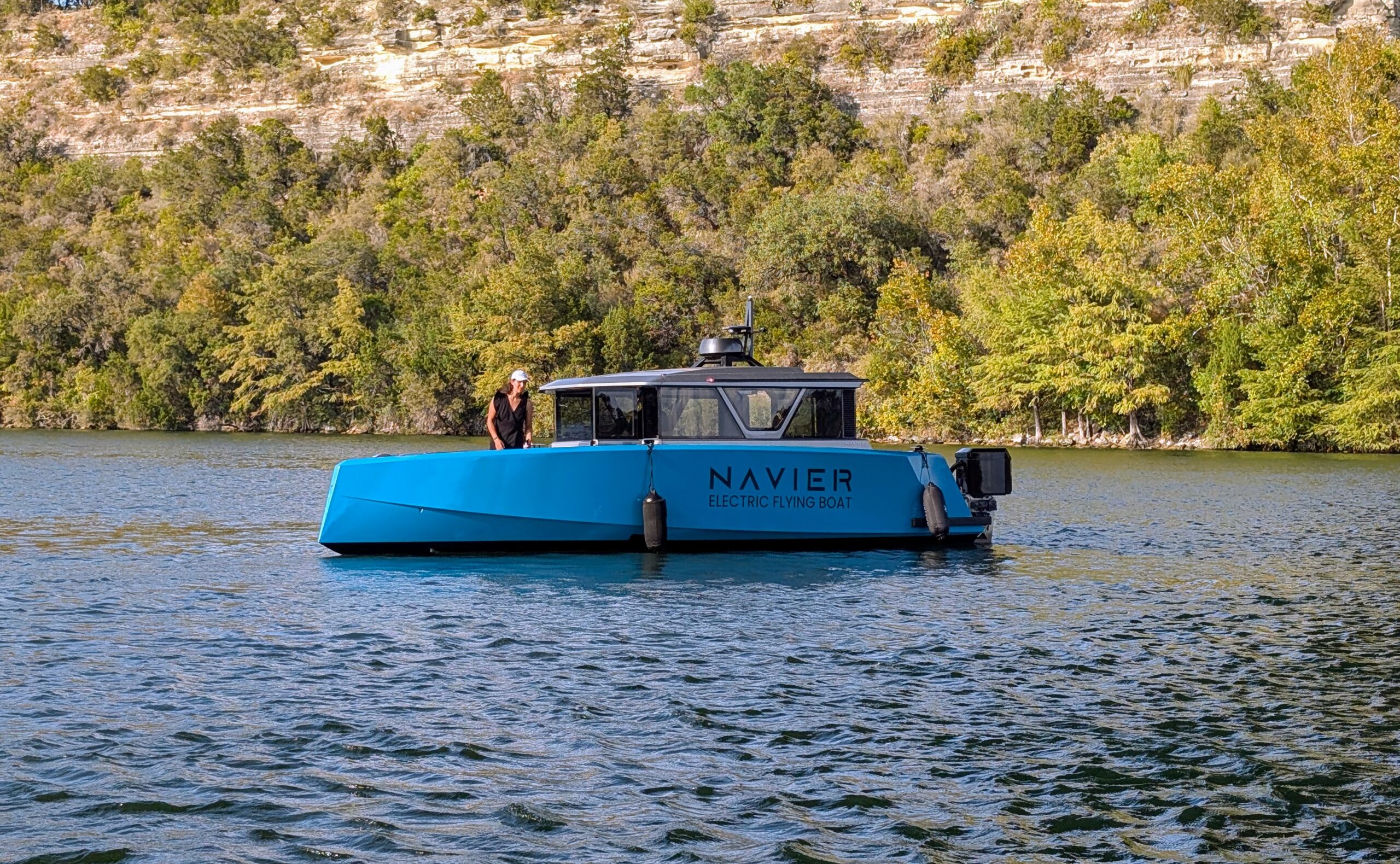Sign up for daily news updates from CleanTechnica on email. Or follow us on Google News!
Given all of the recent bad news about slowing EV sales growth, Jalopnik’s Rory Carroll asks a valid question: What If Americans Say ‘No’ To An EV Revolution? In theory, we’re supposed to be doing a lot better right now, as we just passed the magic 5% adoption mark, and in other countries, sales rapid departed the early adopter phase and took off hard when they got to this point. But, instead of getting lift and taking flight, the EV revolution isn’t gaining altitude as quickly as it did in other places.
As I pointed out in another article, it’s not time to freak out just yet. Sales aren’t dropping, after all. They’re just not growing as fast as everyone thought. GM is still going to make Silverado EV pickups, but the company’s cutting back on production plans due to slow sales. Ford is doing the same thing — still making Lightnings, but also cutting a shift at the plant. Tesla’s sales aren’t dropping either, but Elon Musk sounded pretty depressed and pessimistic on the most recent earnings call, saying things like, “We dug our own grave with Cybertruck.”
The reasons for all of this are obvious, and the problems have solutions. EV pricing is too high for more adoption, especially with inflation and economic headwinds eating at people’s household budgets. So, automakers need to get serious about offering lower cost EVs instead of making trucks with 200+ kWh battery packs. Charging infrastructure is also a big problem. Switching to NACS is a temporary solution, and automakers know that they’d better get infrastructure both in better shape and at many more locations to support more growth, because the kind of growth we need will overwhelm even Tesla’s network.
But, where’s the money to do both of these things going to come from?
NEVI funds are going to add a lot of charging stations, and that now includes $100 million of funding to repair busted chargers. But, NEVI is in theory a 5-year program, and it’s going to take 10-15 years to implement when you consider time for states to solicit bids, choose contractors, and then have the contractors get permits, order parts, install stations, and wait for the utility to connect it all. Even then, it only covers the biggest highways now designated as alternative fuel corridors.
And EV pricing? To get that down under normal market conditions will require a massive increase in battery production. This starts at the mines, and you can’t start a mine overnight. It’s a process that takes years before a single wheelbarrow load of ore comes out of the ground. Refining, battery production factories, and the rest of the whole EV supply chain all take years, too. Automakers are already struggling to make arrangements for all of this, and now they’re having to struggle to do it on top of slowing growth in EV sales.
Carroll says this will probably require some more serious government intervention, and he’s probably right. More aggressive subsidies and regulatory reform at every level will be needed for mining, production, and infrastructure. This is what other governments did, and it’s not what the United States is doing.
We have to remember that it took some very difficult and controversial political maneuvering to pass the renewed EV tax credits (which will become refundable soon) and to pass the infrastructure bill that pays for all of the charging stations. Since that time, Democrats have lost control of the House of Representatives, so it’s politically impossible to get even more EV funding passed. Next year, the situation could become worse, especially if Republicans take the White House and/or the Senate. It’s very much possible that they’d repeal the laws that enabled the programs that are already not enough.
So, yes, it’s very much possible that the United States will take a very different EV sales trajectory than other countries. We’re special, and not always in a good way.
What Happens If EV Sales Stagnate & Problems Remain Unsolved?
We may need to prepare for the serious possibility that, at least for now, headwinds do get the best of the EV transition in the United States. I’m not saying that I think it will necessarily go this way. It could take off again in the coming months, or it could be a temporary setback that slows things for the next year or two. Economies go through rough patches, right?
It’s the old “hope for the best, but prepare for the worst,” in other words.
One way to prepare for the worst is to think smaller. Instead of trying to replace everyone’s trucks and crossovers with EVs they can’t afford, maybe we need to think about trying to reduce emissions in other ways that more people can afford. I don’t think that pushing transit in the United States will go any better than pushing EVs if the EVs are doing bad, as transit is an even bigger departure from the norm than EVs. Americans love individuality, control over their own affairs, etc and we aren’t going to succeed in pushing everyone onto the bus or train.
If EVs didn’t go like they did in Europe, I don’t even want to hear about how they do things in Europe, because clearly that isn’t happening here.
But, there are alternatives that fit the American mindset better. Electric autocycles, motorcycles, e-bikes, scooters (both motorcycle-like and kick scooters), and even some mini-EVs are all a lot easier to market. Best of all, they don’t need super expensive infrastructure and they don’t need people to sign up for big monthly payments (and maybe no payments at all). So, we need to seriously try to get those alternatives going more and better, especially in cities with a lot of sprawl.
Another thing we need to seriously consider is that EVs are seen by many people as lacking “soul.” Elon worshipers and Tesla Stans love weird crap like the Cybertruck and adore the brutalist interiors of Tesla vehicles. Buttons bad! Shifters bad! Turn signal stalks bad! But, have any of you geniuses stopped to think about whether the average car buyer wants any of that weirdness? If EVs are going to be expensive, maybe we need to try to make them more like the cars people love to spend money on instead of trying to reinvent the wheel.
I know I’m a heretic for saying this, but your god is failing, guys. Bring on the transmissions, range extenders, and enthusiast cars? Try other things?
It might also be a good idea to figure out how to be less reliant on expensive infrastructure if we can’t get infrastructure growth to happen beyond what NEVI is aiming for. A 100-mile EV with a small range extender is better than no EV at all for most drivers. A weird three-wheeled teardrop EV with solar panels on it that can go 1,000 miles on a charge is better than an ICE vehicle. Are they ideal? No. But, we might not be able to choose between better and best here.
Featured image by Jennifer Sensiba.
Have a tip for CleanTechnica? Want to advertise? Want to suggest a guest for our CleanTech Talk podcast? Contact us here.
EV Obsession Daily!
I don’t like paywalls. You don’t like paywalls. Who likes paywalls? Here at CleanTechnica, we implemented a limited paywall for a while, but it always felt wrong — and it was always tough to decide what we should put behind there. In theory, your most exclusive and best content goes behind a paywall. But then fewer people read it!! So, we’ve decided to completely nix paywalls here at CleanTechnica. But…
Thank you!
Community Solar Benefits & Growth
CleanTechnica uses affiliate links. See our policy here.





